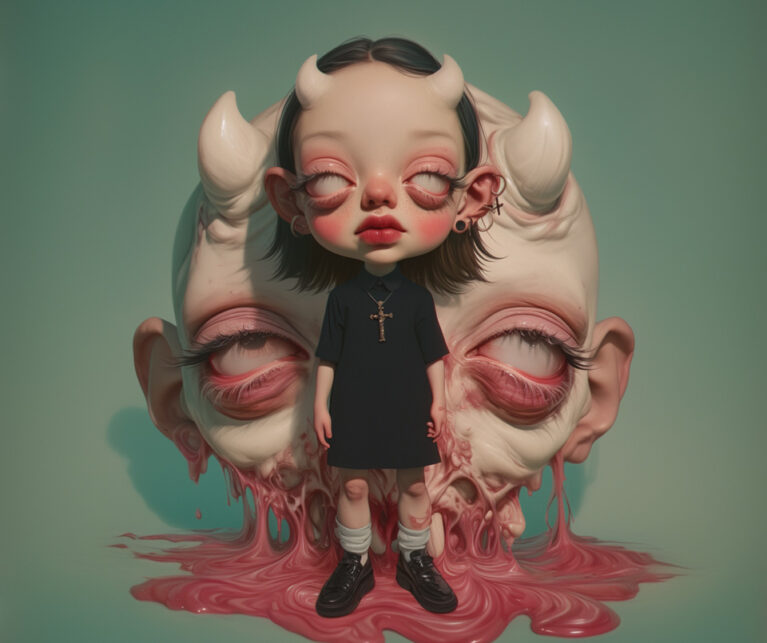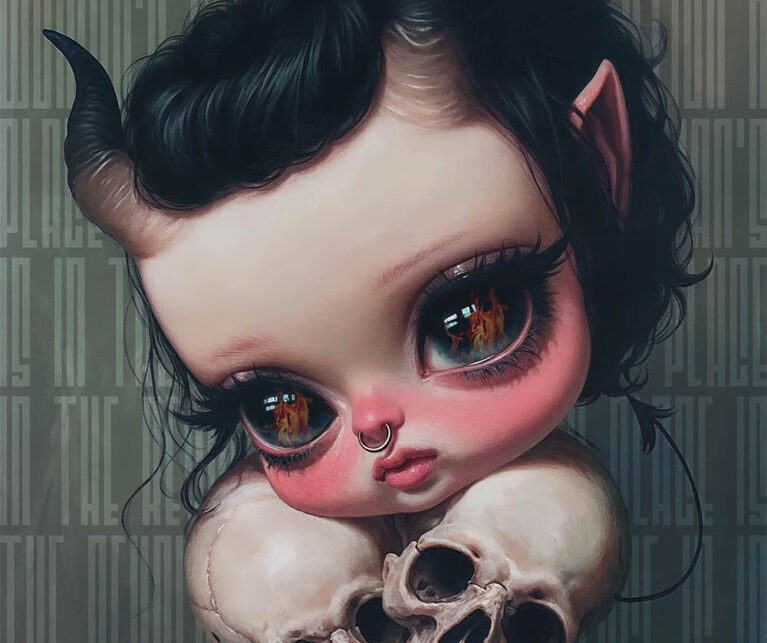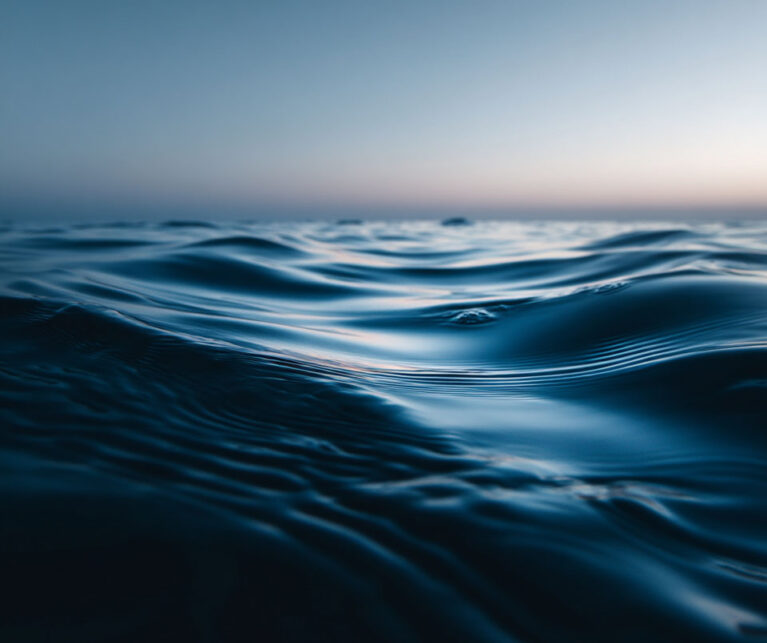hello. gorgeous!
I’m here to tell the truth in color. To build strange, tender worlds where you can feel something real. To remind us that empathy is a form of rebellion.
If the world feels heavy and you need a little magic — you’re in the right place.

// latest news
From the studio: Process, reflection and unruly magic.
Thoughts, experiments, and fragments from the studio — the real, messy, human parts of making art.



You. are. loved
An open door for curators, galleries, and creative partners who believe art should challenge, comfort, and awaken.

